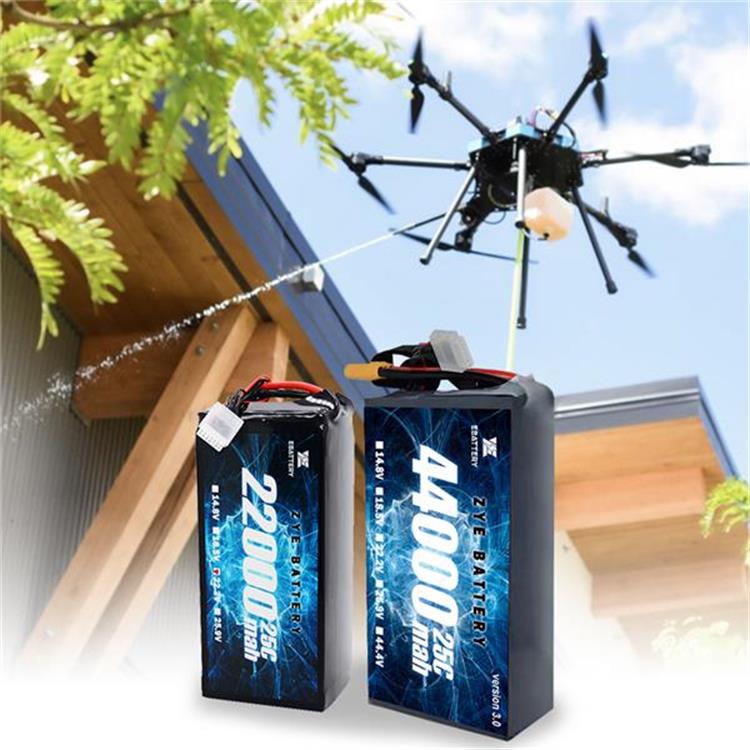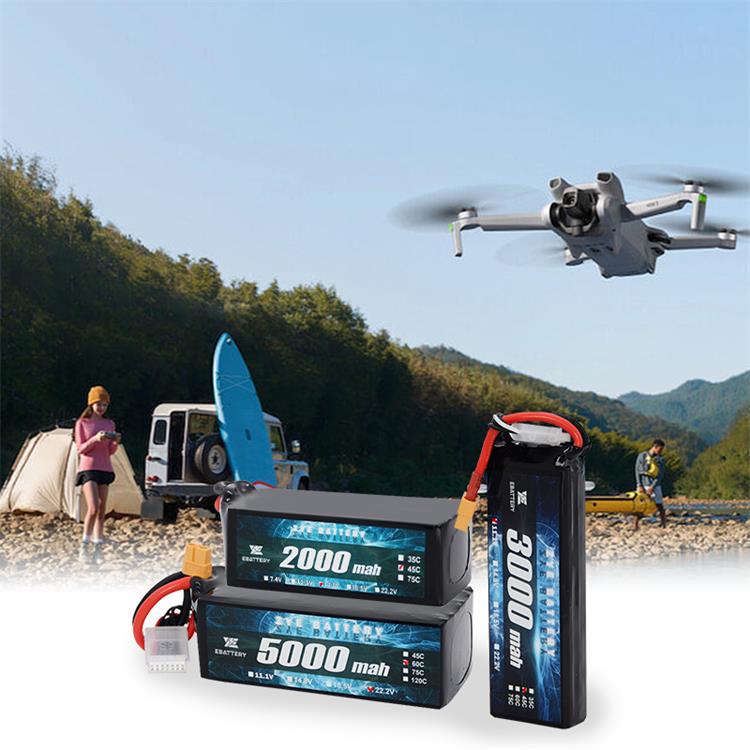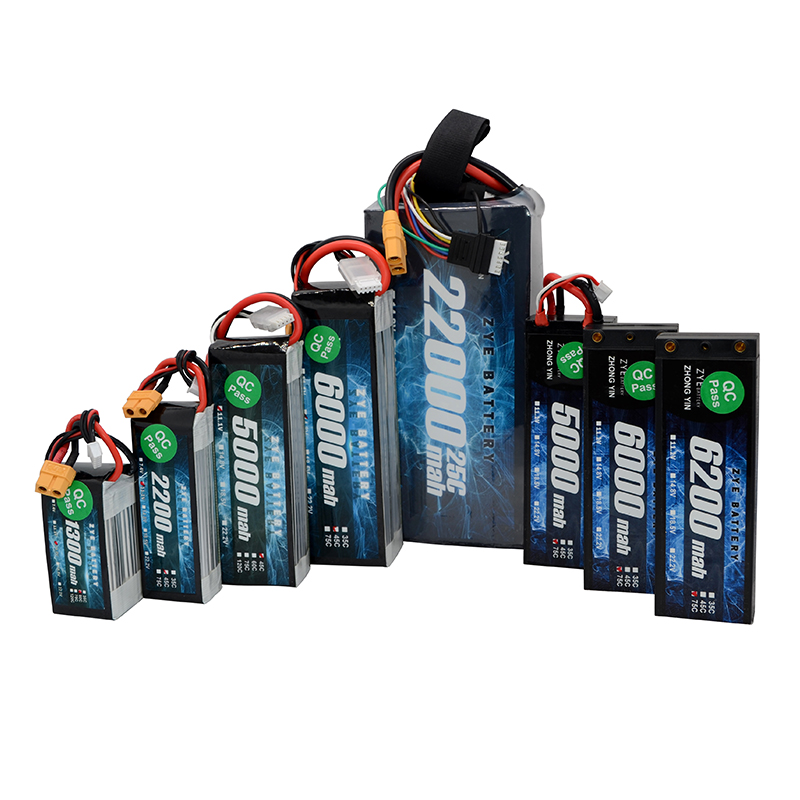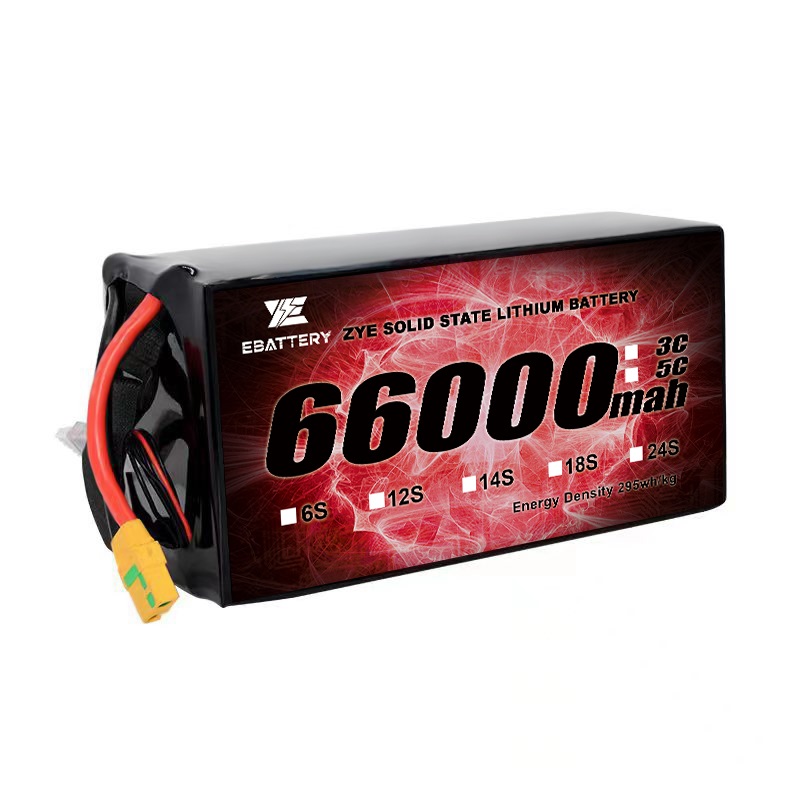How to preserve lipo battery health?
2025-11-12
Pro Tips to Preserve Lithium Polymer Battery Health
Regular checks are only half the battle—proper maintenance slows degradation and extends your lipo battery lifespan:
Avoid extreme temperatures: Charge and store batteries between 10°C–30°C (50°F–86°F). Never leave them in a hot car (temperatures over 40°C/104°F damage cells) or freezing cold (below 0°C/32°F reduces capacity temporarily).
Charge smart: Use the official charger—third-party chargers may overcharge or undercharge. For storage (2+ weeks), charge the battery to 40–60% (not 100%, which strains cells).
Don’t over-discharge: Stop flying when the battery hits 20% (most drones auto-land at 10%, but landing earlier prevents deep discharge damage).
Use it regularly: lipo battery degrade faster if left unused. Even if you don’t fly, charge and discharge the battery every 1–2 months to keep cells active.

Prioritize Safety & Longevity
Battery Management System (BMS)
A BMS is a built-in circuit that protects against:
Overcharging: Stops charging at 4.2V per cell.
Overheating: Disables the battery if internal temperatures exceed 60°C.
Cell Imbalance: Equalizes voltage across cells to prevent premature degradation.
Recommendation: Always choose batteries with a smart BMS, especially for expensive drones.
Test & Iterate
After selecting a battery:
Flight Test: Monitor voltage drops and flight time. A healthy battery should maintain ≥90% of its rated capacity after 50 cycles.
Voltage Check: Use a multimeter to verify cell balance. Cells should differ by ≤0.02V when fully charged.
Log Performance: Track cycles, flight duration, and temperature to identify early signs of degradation.
Common LiPo Connection Break Points
1.Power wires: The thick, colored wires (usually red for positive/+ and black for negative/-) that run from the battery’s cell pack to the main connector. These break from repeated bending, pulling, or overheating.
2.Connectors: The plastic or metal plugs that attach to your device. Breakage here often involves bent pins, cracked plastic housings, or loose wire solders inside the connector.
3.Balance lead: The thin, multi-wire cable (with a small JST-XH or similar connector) used for cell-level charging. While less common, its tiny wires can snap if pulled too hard.
LiPo batteries store large amounts of energy in a fragile casing. A mishandled connection repair can cause:
Short circuits: If positive and negative wires touch, the battery can overheat, swell, or catch fire in seconds.
Cell damage: Puncturing or bending the battery’s cell pack (even slightly) can rupture internal layers, leading to gas buildup or thermal runaway.
Toxic exposure: Damaged LiPo cells leak corrosive electrolytes that irritate skin and eyes.

Tools You’ll Need for Balancing
Balance Charger: This is the most critical tool. A quality balance charger (e.g., brands like iMax, Tenergy, or Hitec) has a built-in balancing function. It connects to both the battery’s main power plug (for charging) and its balance port (to monitor individual cells).
LiPo Battery with a Balance Port: All modern drone LiPo batteries come with a balance port—a small, multi-pin connector (usually JST-XH) that allows the charger to read each cell’s voltage.
Balance Lead Cable: This cable connects the battery’s balance port to the charger’s balance port. It’s often included with the charger, but replacements are cheap if lost.
Fireproof Charging Bag or Container: Safety first! LiPo batteries can ignite if damaged or overcharged, so always charge and balance them in a fireproof container.
Voltage Checker (Optional): A small device to manually check cell voltages before or after balancing, helping you confirm the charger’s readings.
Conclusion
Balancing your drone’s LiPo battery is a simple yet vital task that directly impacts performance, longevity, and safety. By making it part of your regular maintenance routine, you’ll enjoy longer flight times, extend your battery’s lifespan, and reduce the risk of accidents.
If you're looking for high-quality LiPo batteries or have more questions about battery care and maintenance, don't hesitate to reach out to our team of experts. We're here to help you get the most out of your battery-powered devices.Contact us today at coco@zyepower.com.
























































